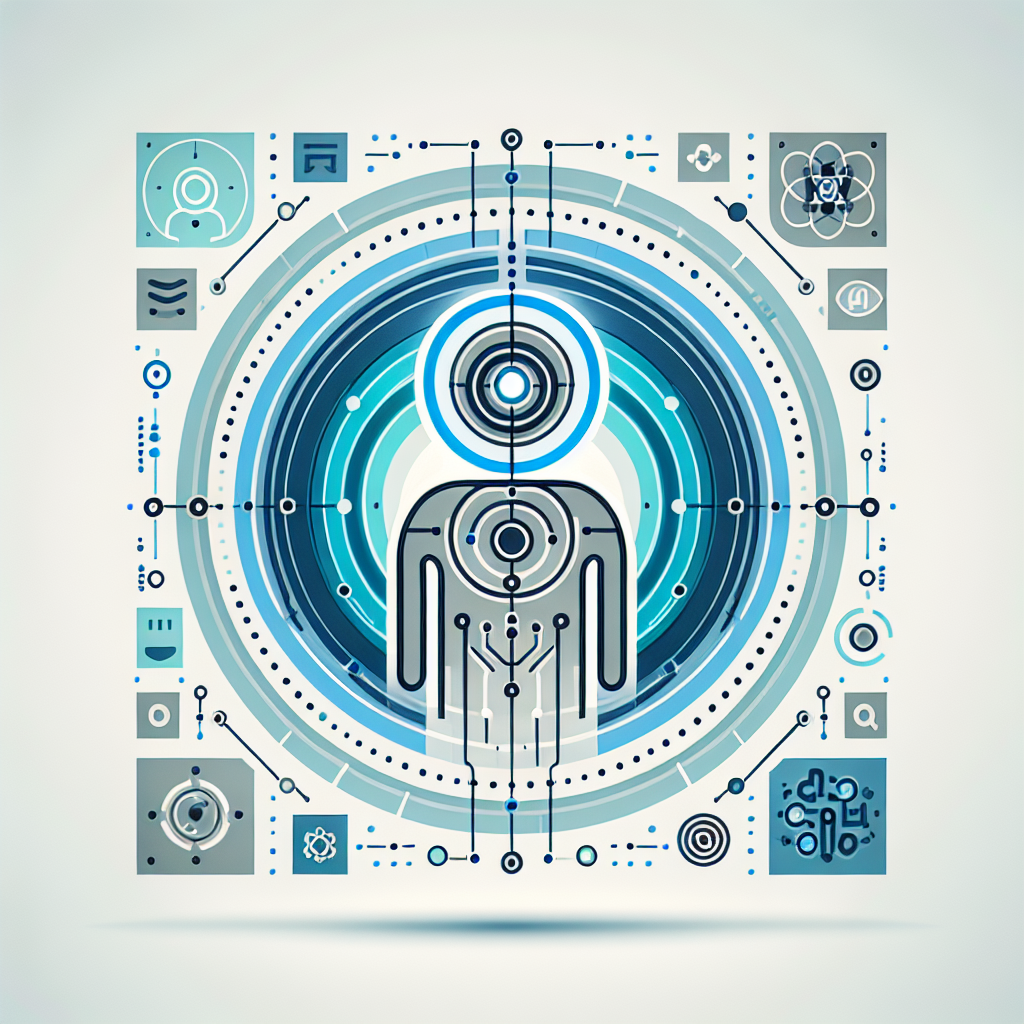In the rapidly evolving landscape of technology, Artificial Intelligence (AI) stands out as a revolutionary force significantly altering the dynamics of User Experience (UX) design. Companies worldwide are increasingly integrating AI to deliver personalized, efficient, and intuitive user interactions. This in-depth exploration delves into the myriad ways AI is enhancing UX design.
Understanding AI in UX Design
AI encompasses a range of technologies, including machine learning, natural language processing, and computer vision, which mimic human intelligence. In UX design, AI technologies analyze user behaviors, predict preferences, and provide customized experiences, thereby refining the overall user interaction with digital products.
Key AI Technologies Impacting UX Design
Several AI technologies are instrumental in shaping modern UX design:
- Machine Learning (ML): ML algorithms learn from user interactions and improve over time, thus predicting and adapting to user needs seamlessly.
- Natural Language Processing (NLP): NLP enables machines to understand and respond to human language, making interfaces like chatbots more interactive and human-like.
- Computer Vision: This technology allows systems to process and interpret visual information, enhancing user experience with augmented reality (AR) and image recognition.
How AI Enhances User Experience
The integration of AI in UX design brings about several notable enhancements:
1. Personalization
Personalization is arguably the most significant advantage AI offers to UX design. By analyzing user data, AI can deliver tailored content, recommendations, and user interfaces, leading to a more engaging and relevant experience.
2. Improved Accessibility
AI-powered solutions improve accessibility for users with disabilities. Voice-activated assistants, screen readers, and predictive text are some tools that ensure inclusive design, catering to a broader audience.
3. Enhanced Usability
AI optimizes usability through smart design adjustments. For example, dynamically adjusting font sizes or interface layouts based on user preferences and behaviors ensures a more user-friendly interaction.
4. Real-Time Assistance
AI-driven chatbots and virtual assistants provide instant customer support, resolving queries and guiding users through the interface in real-time. This reduces wait times and enhances user satisfaction.
AI Tools Transforming UX Design
Several cutting-edge AI tools are transforming UX design by automating tasks and offering intuitive solutions:
- Adobe Sensei: Adobe Sensei uses AI to streamline design processes by providing automated image tagging, facial recognition, and layout suggestions.
- Sketch2Code: Microsoft’s Sketch2Code converts hand-drawn wireframes into functional HTML prototypes, expediting the design process.
- Apollo AI: Apollo AI aids in user research by analyzing user feedback and behavior patterns, thereby driving data-backed design decisions.
Challenges and Considerations
Despite numerous benefits, integrating AI into UX design poses certain challenges:
1. Privacy Concerns
With AI accessing vast amounts of user data to provide personalized experiences, data privacy and security become critical concerns. Ensuring compliance with regulations like GDPR is essential.
2. Ethical Implications
AI-driven decisions can sometimes perpetuate biases present in the training data. Designers must vigilantly monitor and mitigate such biases to ensure fair and unbiased user experiences.
3. High Implementation Costs
The integration of sophisticated AI technologies can be cost-prohibitive for small businesses. However, as AI becomes more mainstream, costs are expected to decrease.
The Future of AI in UX Design
The future of UX design is promising with the continuous advancements in AI. Key trends that will likely shape the industry include:
1. Hyper-Personalization
As AI algorithms become more sophisticated, hyper-personalization will become the norm, offering highly customized user experiences based on individual user behaviors and preferences.
2. Voice and Gesture Recognition
The evolution of voice and gesture recognition technologies will lead to more intuitive and hands-free interactions, enhancing convenience and accessibility.
3. Predictive Analysis
AI will continue to leverage predictive analytics to anticipate user needs, making proactive design adjustments and offering suggestions even before users realize their needs.
In conclusion, AI is undeniably a game-changer in the realm of UX design. By offering personalized experiences, improving accessibility, and optimizing usability, AI not only enhances user satisfaction but also drives business growth. As AI technology continues to evolve, its role in UX design will become increasingly pivotal, shaping the future of digital interaction.

